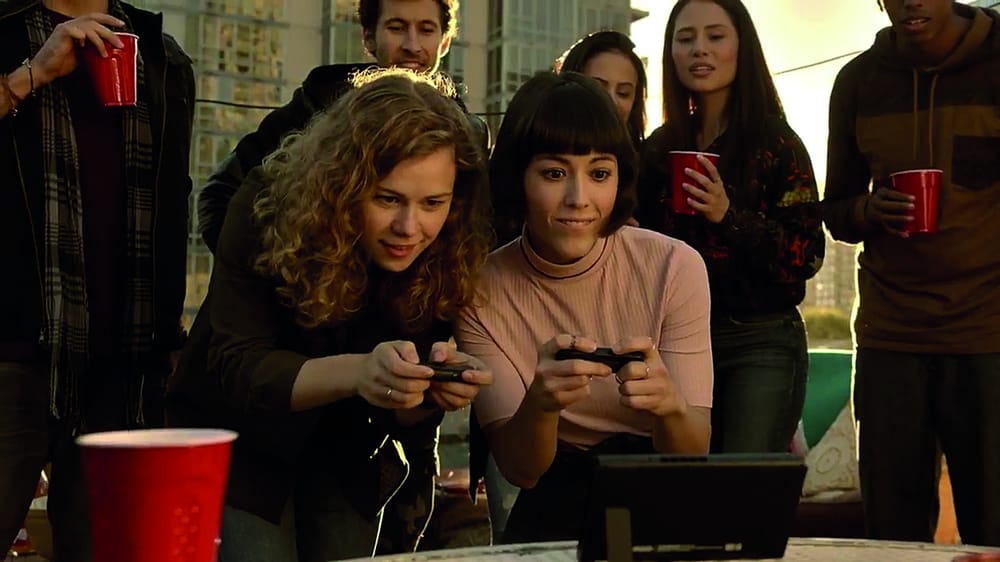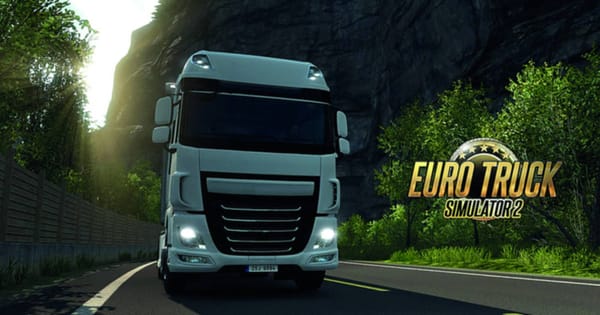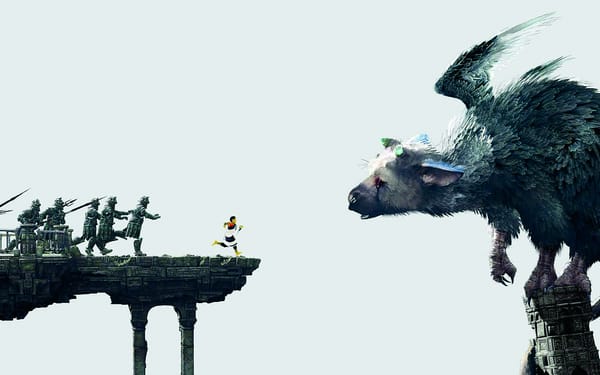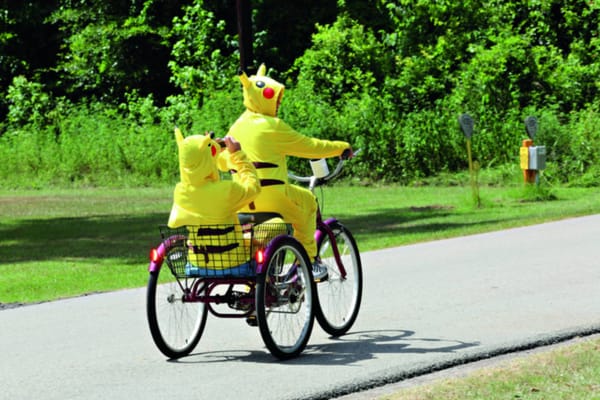My first week with Switch
The Switch made the news for its innovation but is it any good? Cale Tilford dishes on its performance

The first thing I did after unboxing my Nintendo Switch was to lick the game cartridge. Videos of games and tech journalists doing the same went viral during the week of the Switch’s launch after Jeff Gertsmann of Giant Bomb discovered their bitter aftertaste. However, the taste serves a purpose beyond internet virality: Nintendo coats them with a “bittering agent” to stop young children from accidentally swallowing the micro sized games. The Switch certainly isn’t a console for kids. It’s not foldable, small, and easily carriable like the 3DS and it doesn’t follow playful design of the GameCube, Wii, or even Wii U. The console looks and feels like a device built for adults (unless you buy the garish neon colour option).
Nintendo advertise it as something that works at home or on the go, fitting into your busy lifestyle but offering something more substantial than their previous handheld offerings. However, its large size means it’s a bit awkward to play on public transport. When you’re somewhere a bit more stable, standing the device up and removing the left and right controllers reveals the console’s most promising feature: two-player multiplayer out-of-the-box. Best demoed with the cooperative puzzler Snipperclips, handing half of a controller to a friends is incredibly satisfying and quintessentially Nintendo. Putting the controllers back into place makes a loud physical, digital, click noise, giving the player the sense that they are constructing and reconstructing the console. Like Lego, but for adults. The Wii brought the family together in a way games had never done before, and now the Switch does the same for you and a friend. It feels like the realisation of a vision that has informed the design of all of Nintendo’s previous consoles; the device is an amalgamation of past design decisions, sculpted into a multi-functioning whole.
While the Switch works well in what I like to call ‘tear-and-share’ mode, the most exciting showcase of the devices abilities so far is a singleplayer game. The Legend of Zelda: Breath of the Wild is a masterpiece on many levels. Its vast, gorgeous open world runs almost effortlessly on the Switch whether in portable or docked mode. Like the Wii before it, the Switch supports motion controls. Zelda uses these, for the most part, to great effect, allowing you finer control over aiming and puzzle segments. After more than 20 hours with the game, it is already one of the greatest games I have ever played, and the Switch makes it better. I can play it anywhere: on my TV, on the sofa, on the tube, or in bed and the experience is always the same.
Other than Zelda, I’ve played a number of indie games on the device. Games that would once have been only available on PC or PS4 now work just as well, without any extra development, in portable mode. The Switch seems like the perfect console for indie games so it’s not surprising that Nintendo are making an effort to collaborate with independent developers to help them port their games to the device. The launch line-up might look small but soon enough dozens of indie games will be making their way to the eShop.
As a Nintendo fan, I was always going to like the Switch. However, it does have problems. The controllers occasionally disconnect, the screen is made of an easily scratchable plastic (a screen protector is absolutely necessary), and it still uses friend codes to connect players online. Despite this, it’s undoubtedly the greatest console Nintendo have ever released – it just needs more games.










